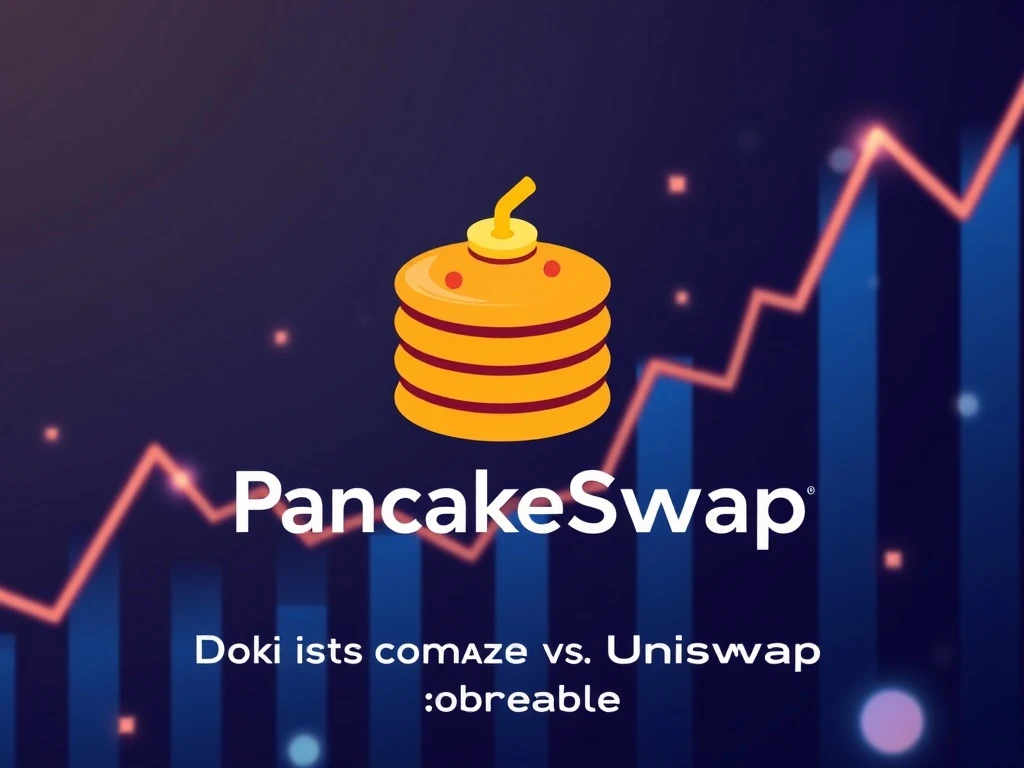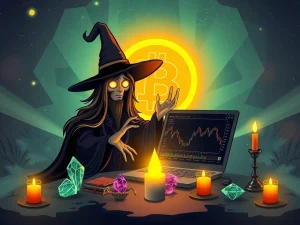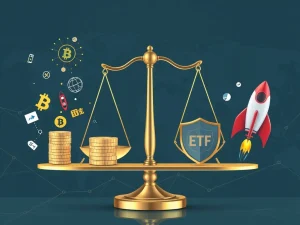PancakeSwap Dominates with 50.8% Surge in Trading Volume, Leaving Uniswap Behind

In a stunning turn of events, PancakeSwap has recorded a massive 50.8% surge in 30-day trading volume, reaching $186 billion and solidifying its position as a leading decentralized exchange (DEX). This remarkable growth not only highlights PancakeSwap’s dominance but also raises questions about the future of DeFi and its key players like Uniswap.
Why is PancakeSwap Outperforming Uniswap?
PancakeSwap’s rapid expansion can be attributed to several strategic moves:
- Consistent platform updates and enhancements
- Strong community engagement initiatives
- Seamless integration with Binance Wallet
- Multi-chain expansion including Solana
Meanwhile, Uniswap reported $94.9 billion in trading volume, maintaining its presence through a multi-chain approach. Hayden Adams of Uniswap emphasized their platform’s adaptability across different blockchains as a key strength.
The Impact on DeFi and BNB Chain Ecosystem
The performance of PancakeSwap has significantly impacted:
| Aspect | Impact |
|---|---|
| CAKE Token | Increased investor attention |
| BNB Chain | Growing ecosystem dominance |
| Transaction Costs | More favorable for traders |
What Does This Mean for the Future of DEXs?
The surge in PancakeSwap’s trading volume signals:
- Growing confidence in DEXs as alternatives to centralized platforms
- Potential shifts in regulatory focus
- Technological advancements in blockchain infrastructure
- Increased competition in the DeFi space
Frequently Asked Questions
What caused PancakeSwap’s trading volume to surge?
The surge is attributed to platform updates, community engagement, Binance Wallet integration, and multi-chain expansion.
How does PancakeSwap’s volume compare to Uniswap?
PancakeSwap recorded $186 billion in 30-day volume compared to Uniswap’s $94.9 billion.
What blockchains does PancakeSwap operate on?
While primarily on BNB Chain, PancakeSwap has expanded to other networks including Solana.
How has this affected CAKE and BNB tokens?
The increased activity has brought more investor attention to both tokens, potentially impacting their value.
What does this mean for the future of DeFi?
The growth suggests DEXs are becoming more viable alternatives to centralized exchanges, which could shape future regulations and market dynamics.









